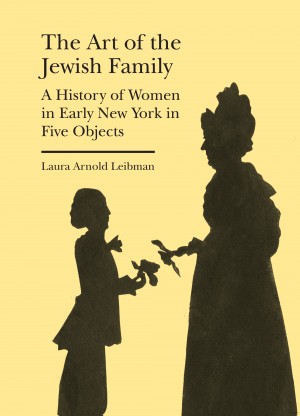In The Lady with the Borzoi, Laura Claridge creates an intimate, nuanced, and complex portrait of Blanche Knopf, a woman who did not always embrace society’s norms.
Legends abound about Blanche and Alfred Knopf, cofounders of the highly respected literary publishing house that bore his name. Begun in 1915 — just before the couple, then 20 and 22 respectively, were about to be married — the company went on to publish the works of numerous Nobel and Pulitzer Prize-winning authors from around the world. Claridge tells us, “Some girls dreamed of making babies, but Blanche and Alfred wanted to make books.” The biography traces the history of a difficult marriage and simultaneously brings the reader into the inner circle of their literary society.
Claridge’s book presents us with a free-thinking and independent woman not only marginalized by society for being female, but also married to a man who purported to see her as an equal until tasked with manifesting the idea — at which point he proved not to have meant it in the first place. Intellectually forward-thinking and sexually free, despite marriage and motherhood, Blanche lived a life of color and courage. When, after giving birth to her son Pat, she found out that scarring from a bout of endometriosis would prevent her from having more children, she announced that she had chosen to have only one child. Thwarted in her desire to edit the works of literary masters published by the firm, she traveled to South America and Europe in search of new writers.
Culturally, both Blanche and her husband had worldview firmly based in Jewish principles. Blanche is described as being “Jewish but secular, and relieved that Alfred was no more religious than she.”
Claridge’s writing is based on research she drew from a healthy variety of sources, including interviews, published works, and a numerous primary sources such as letters and photographs; this lends the book both authority and authenticity. The writing style is accessible, evocative, and frank, and underpinned by significant scholarship. The author shows sensitivity toward her subject but is not in its thrall; thus the story and the characters feel satisfyingly three-dimensional.
The Lady with the Borzoi ends shortly after Blanche, a chain smoker and heavy drinker, dies of lung cancer in 1966 at the age of 72 — but not before she has designed the borzoi colophon, the Russian wolfhound imprint that marked Knopf titles.
Bibliography, index, notes, photos.
Related Content:
Linda F. Burghardt is a New York-based journalist and author who has contributed commentary, breaking news, and features to major newspapers across the U.S., in addition to having three non-fiction books published. She writes frequently on Jewish topics and is now serving as Scholar-in-Residence at the Holocaust Memorial & Tolerance Center of Nassau County.





